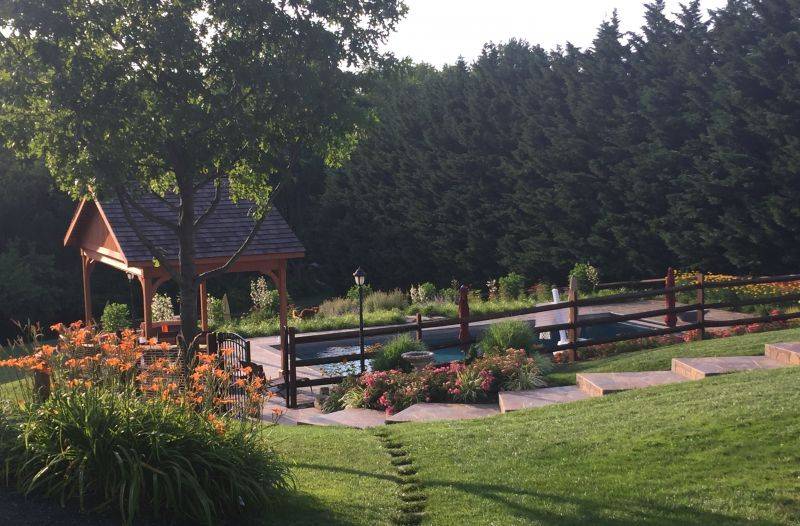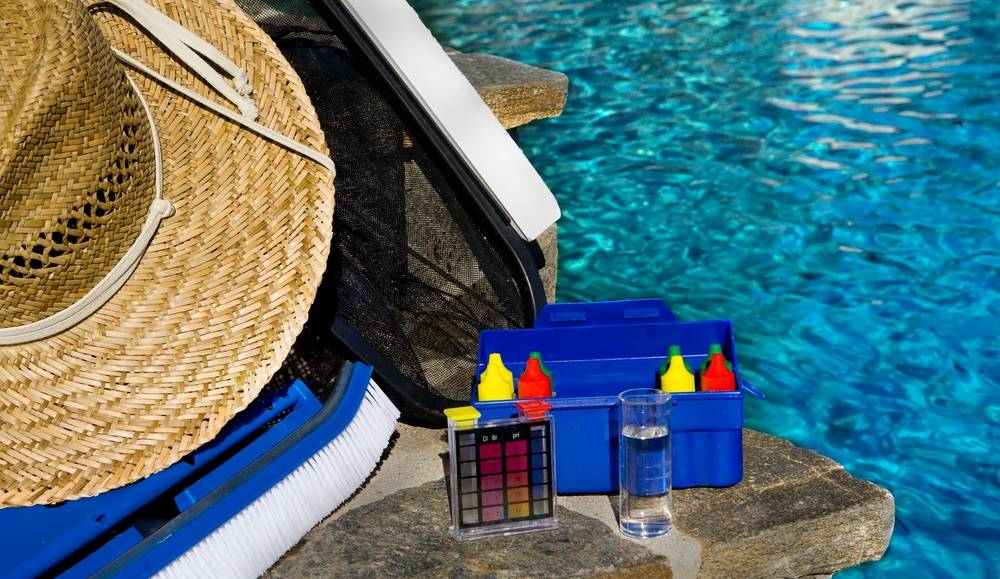- Sep 23, 2015
- 2,029
- Pool Size
- 20000
- Surface
- Plaster
- Chlorine
- Salt Water Generator
- SWG Type
- Astral Viron V25
A sales and marketing brochure. They call it a ‘cut sheet’ because there’s not enough facts to call it a fact sheet.I was sent this by the pool company, is it accurate?
And on the bottom they obviously must include this by law.
* A SMALL RESIDUAL AMOUNT OF CHLORINE IS NECESSARY SO THAT SOME SANITIZER IS PRESENT WHILE THE POOL EQUIPMENT IS NOT OPERATING. THIS IS EASILY AC- COMPLISHED WITH AN IN-LINE CHLORINE TABLET FEEDER, A FLOATING CHLORINE DISPENSER OR EVEN WITH A SALT CHLORINATION SYSTEM OPERATING AT A LOW LEVEL.
After all the elaborate equipment setup you still need to use an approved sanitiser. And they try to tell you it’s simpler then a SWG.
And all the other manuals to run the thing. And bear in mind that there is no actual way to measure or check for O3 output from the unit.
So, the good, the bad and the ugly.
Ozone is a very good oxidiser and sanitiser. Probably too good for domestic application. It is very corrosive, very reactive, not soluble in water and can be very dangerous. It should never be allowed in the actual pool. It does not provide any residual sanitation or oxidation and as such it is best described as a secondary sanitation system. A primary sanitiser is required ie. the chlorine from the disclaimer. So now you have two systems to control.
A good ozone system should have a reaction chamber that includes a degas mechanism to remove excess O3 before it is returned to the pool. A vent and air scrubbing system should be used to protect those around the unit from any residual O3. Ozone is very good for commercial applications where they are professionally monitored 24/7. In comparison domestic units lack the basic safety features and are set and forget until something goes wrong.
Have a look at the pic of a commercial application below and compare that to the simple venturi injector systems the domestic one uses. And pool pumps are not designed to run pressure applications such as a venturi.




